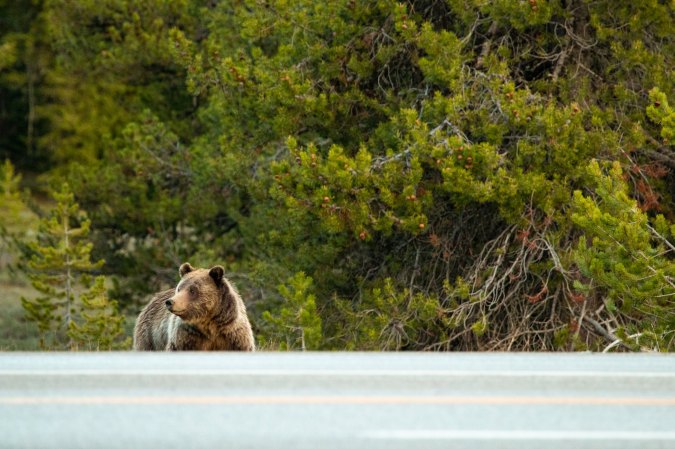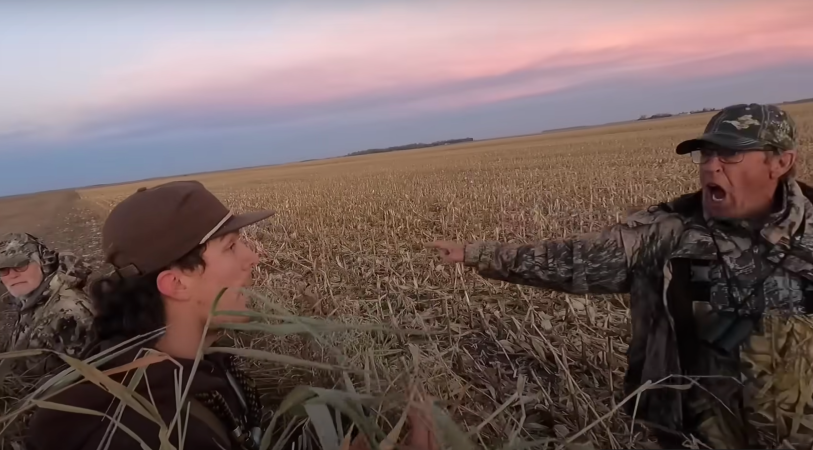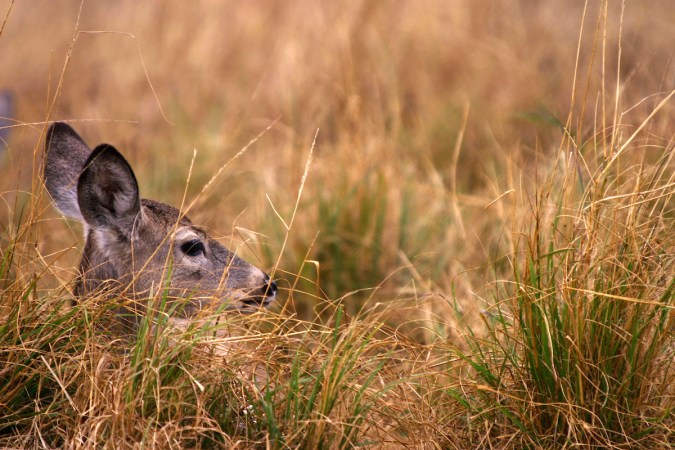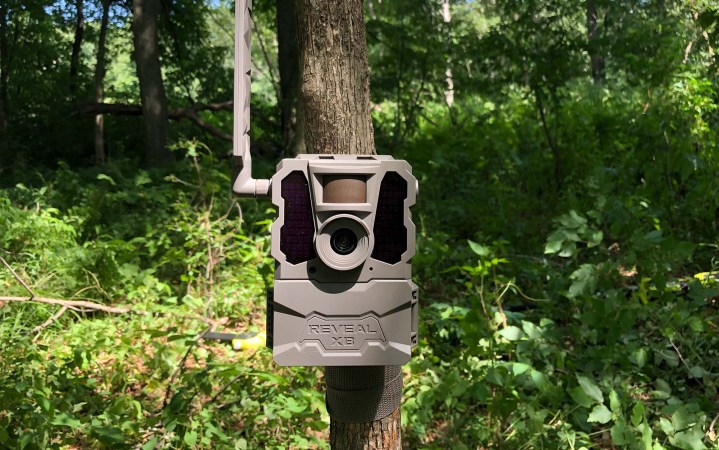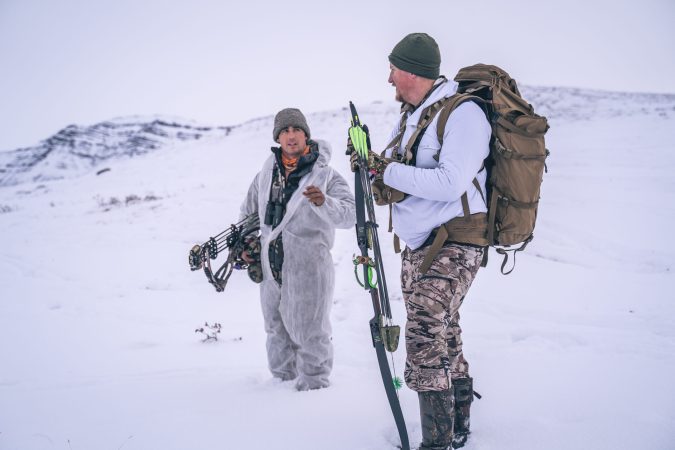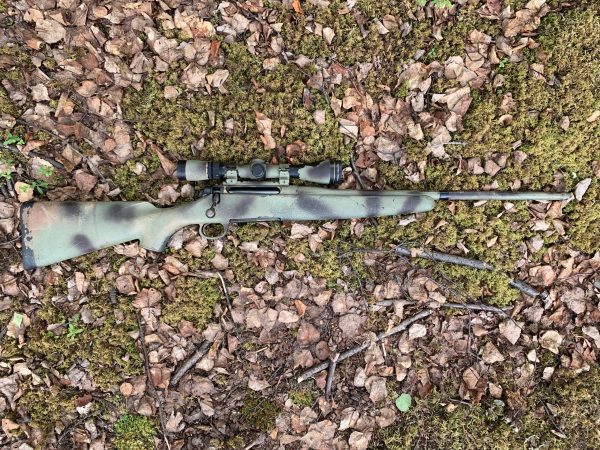Friday’s announcement from the U.S. Fish & Wildlife Service that the agency will consider removing grizzly bears around both Yellowstone and Glacier national parks from federal protection should be interpreted as proof that the endangered species act works as intended.
But instead of cheering a conservation success, a number of Western politicians will almost certainly overplay their hand and convince the feds that neither Montana nor Wyoming is mature enough to take over management of this iconic species.
These politicians – channeling the wishes of conservative ranchers and predator-crazed hunters – will demand that hunting and lethal removal must be priorities of any conservation strategy for grizzlies, and the whole deal will unravel before it has a chance to work.
I hope I’m wrong about that, because I firmly believe that grizzlies have recovered in sufficient numbers to allow their management to return to states, where it belongs. Managing these bears, the very symbol of wild and special country, with restrained, science-based methods is the pathway to ensuring their permanence on landscapes from the Wind River Range north through Alberta.
And I hope to be able to hunt a Montana grizzly bear someday. But hunting, which ended in Montana in 1991 (years after grizzlies were listed as a threatened species), is so far down the road to recovery that it’s premature to lead with that demand, as legislators in Montana are doing now.
The details of Friday’s announcement are worth knowing. In a posting in the Federal Register, the USFWS concluded that petitions requesting the delisting of grizzlies in the Greater Yellowstone Ecosystem (GYE) and the Northern Continental Divide Ecosystem (NCDE) may be warranted. Importantly, the USFWS denied a third petition, one that asked the Service to delist all grizzly populations in the Lower 48 states. That action would have removed federal protection from satellite populations of grizzlies in northwest Montana, northern Idaho, and northeastern Washington State.
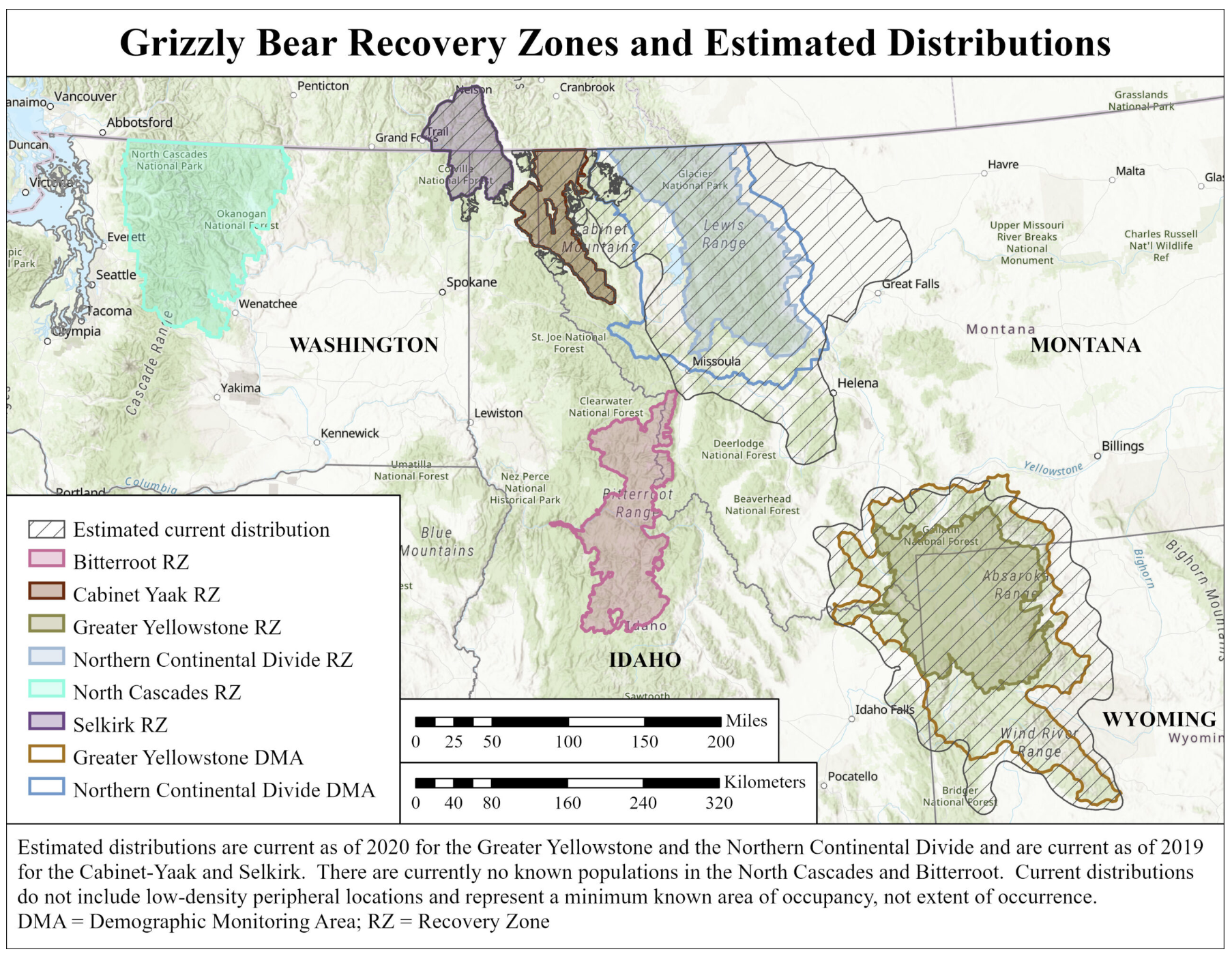
The Federal Register announcement kicked off a 90-day public comment period that started yesterday (click here to submit your comments). The Service will use the comments plus its own “status review” to determine if delisting the GYE and NCDE populations are warranted. That review is expected to take a full year.
Concurrent with the federal action, Montana just closed public comments on its own draft grizzly bear management plan that would guide state management in case the feds delisted the species. State management should be considered inevitable, especially since bears in both ecosystems long ago exceeded recovery goals. The state’s plan guides future management in those places currently occupied by grizzlies but, just as importantly, also adjacent habitats where they’re expected to expand. The idea of allowing grizzlies to move into unoccupied habitats is an important part of recovery, according to the USFWS, but those dispersing bears are most likely to get in trouble with humans, livestock, and to be labeled “problem bears” and killed or relocated.
While carefully regulated hunting is discussed as a management tool in the plan, legislators want to make it a first-order priority. A bill introduced last month in the Montana Legislature would include both “nonlethal and preventive measures as well as trapping and lethal measures” to proactively manage bears and “control grizzly bear distribution and prevent conflicts.” The bill would also prohibit Montana’s Fish, Wildlife & Parks Department from relocating grizzly bears outside described recovery areas.
Another bill, which hasn’t been formally introduced, would allow livestock owners “or other authorized person to take a grizzly bear at any time without a permit or license from the department when a grizzly bear is attacking or killing livestock.”
Both bills confirm to environmentalists that Montana is interested in killing bears to keep them as close as possible to the thresholds that would trigger relisting. But, perhaps more importantly, the chief of the U.S. Fish & Wildlife Service has indicated that the Montana legislation might be a deal-breaker for delisting.
In a letter dated Friday to Montana FWP director Hank Worsech, USFWS Chief Martha Williams—herself a former director of Montana FWP—noted that state laws that legalize the taking of a grizzly bear in the act of depredating on livestock are “inconsistent with commitments made by the State of Montana on how grizzly bears would be managed if they were to be delisted.”
In her letter, which has not been widely circulated, Williams also cited Montana legislation that allows wolf snaring and trapping and allows the use of dogs to pursue black bears in occupied grizzly bear range. Those actions “will invite conflicts between hunters and grizzly bears, including potential injuries and mortalities for grizzly bears and risks to human safety,” Williams wrote. “The current 2023 Montana legislative session presents a good opportunity to address these issues.”
But in Montana’s legislature, where Republicans have a super-majority, federal overreach is a favorite topic. Lawmakers have condemned federal oversight of education, medical care, and gun regulation. The legislature last month considered a joint resolution calling for a constitutional convention to limit federal power. The “federal government has invaded the legitimate roles of the states through the manipulative process of federal mandates,” the resolution read. The joint resolution failed on a tie vote on its third reading.
READ NEXT: Are Grizzly Attacks Really on the Rise?
It’s a good bet that anti-federal sentiment will continue to color any discussion of grizzly bear management. That’s a shame, because as close as we are to delisting this fearsome and grand species, the feds ultimately have the last word, and you can bet they’ll take a dim view of states that predicate their future management on shooting grizzlies first and answering questions second.


